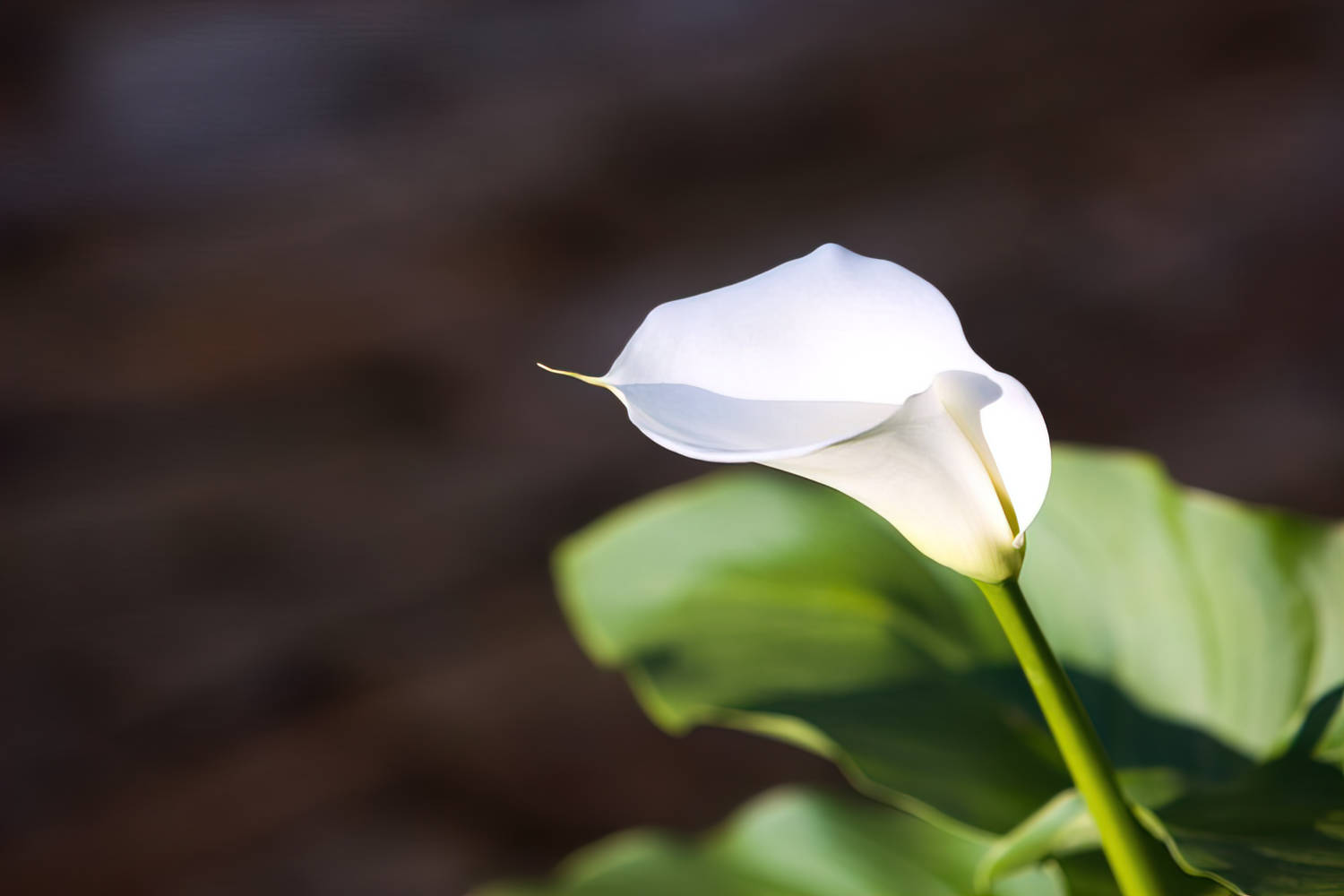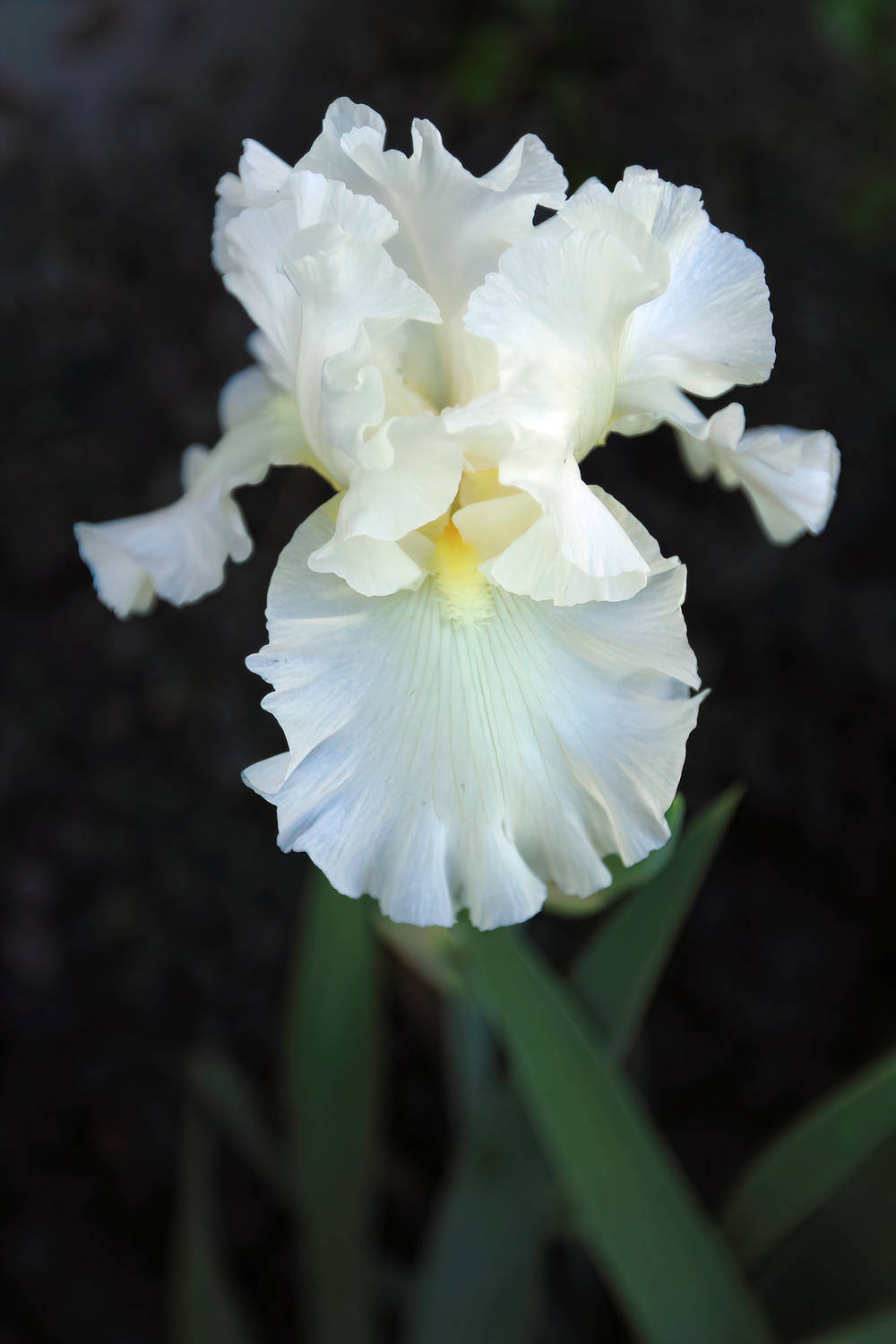A garden without colour doesn’t have to be a garden without interest, some of the most serene and beautiful gardens are those that limit themselves to the simplicity of white flowers only. Without a variety of colours trying to grab your attention a white garden can set a peaceful tone and create an experience like no other but don’t be fooled just because they only have one colour doesn’t mean they are simple to do well.
You need to start with a great backdrop, white flowers look their best against dark colours so start with some hedging around the perimeter of the garden. This also creates a sense of enclosure and sets the tone for the whole space. Dark green leaves on plants such as conifers, Viburnum or Bay laurel all work well and with the right soil preparation will get to a decent height in a short period. If you don’t have much space or want to be a bit more dramatic painting your fences in a dark colour such as Dulux Monument will give your garden the dark touch for your plants to sing against.
White gardens by nature reflect a lot of light due to the lack of colour in the flowers whereas colourful blooms such as purple or red will such light out of a space so when you combine the reflective power of white against a dark backdrop of dark green or charcoal you get an eye-catching contrast with high impact.
Structure in the garden is a must for the white garden, this can be a sculpture, a bird bath or a water feature, creating a small garden room for your white garden is a great idea, not only will it create more impact in the design but it helps to add the structure – something like a directional pathway will do the trick! When selecting a feature muted tones such as copper or bronze work best so they do not compete or distract from the whole experience.
This structure can also simply be added in with the planting. Low hedges and topiary work really well as they give a point of constant to the space so you are not relying on the flowers to provide all the interest.
When limiting a garden to a single colour you really need to focus on the layers, forms, and textures of the foliage, try to think of a black and white photograph you love, the level of detail comes from the atmosphere the textures bring – not the colour. Using looser flowing plants such as cow parsley next to your structured topiary combined with the spikey hairy leaves of something like a globe thistle will give you the interest you are after. When putting together your plants there are two levels of impact and interest you are trying to achieve – the initial wow factor as you see the garden for the first time and secondary interest comes with the layers of textures slowing being absorbed by your eyes – you get drawn into a planting scheme and you simply can’t stop looking as you find something new and exciting about it.
I try to steer clear of variegated foliage in a white garden as the yellow distracts the eye and distorts the overall impact of the space however I find silver helps to tie it all together. Artichokes, Strobilianthes and Artemisia are all great plants to add to the middle of a boarder to tie it together and ease the transition between the green foliage plants, lambs ears, Iris and dichondra help to pull together the front and low areas of a garden.
Repeating yourself works well in a white garden as the repetition of looser flowering plants sits nicely against the repetition of structured plants such as hedges and formal ball shapes but beware once it becomes predictable you’ve probably overdone it.
Selecting your flowers carefully is the trickiest part of a white garden as all whites are not the same and can quickly make a space feel cluttered and unclean. For example, the creamy white of a Magnolia on its own looks bright and inviting however next to the crisp white of an Iceberg rose it can look dirty and will clash. To make things more complicated the brightness of each flower depends on the amount of light it is receiving – so every garden is different. Take your time putting combinations together and buy your plants in flower so you can compare in real life when you get them home.


